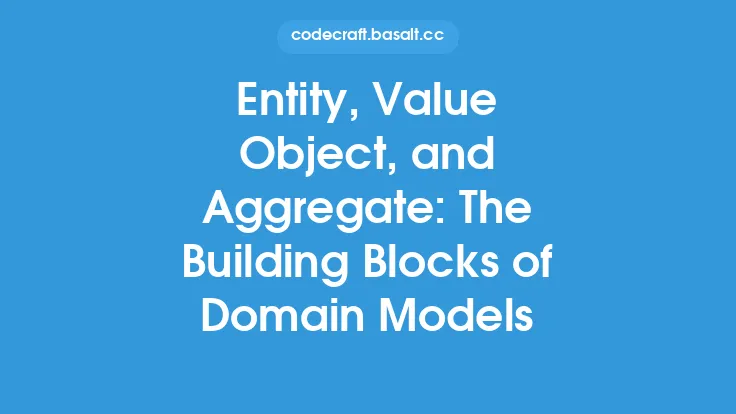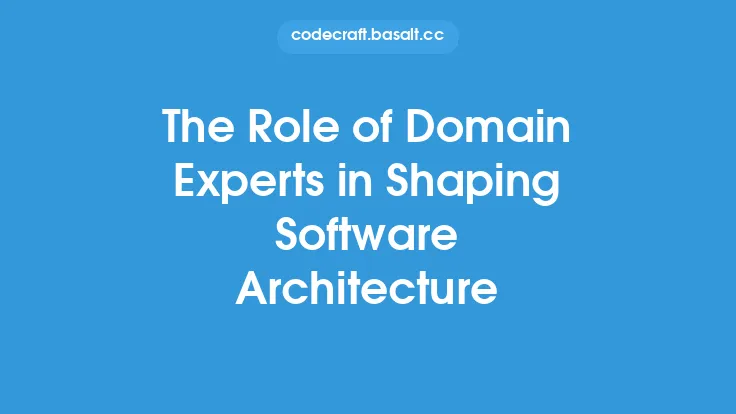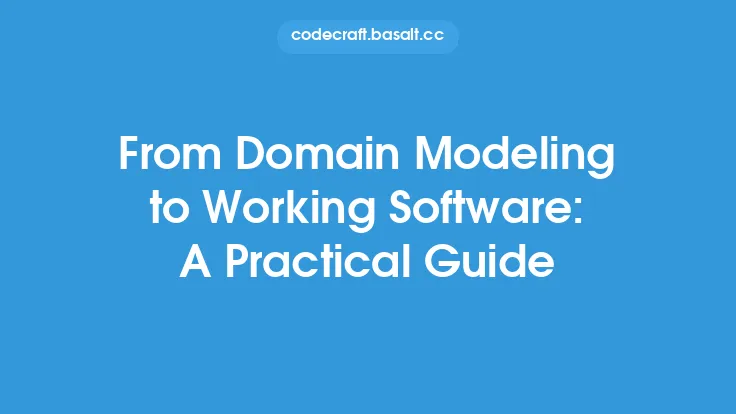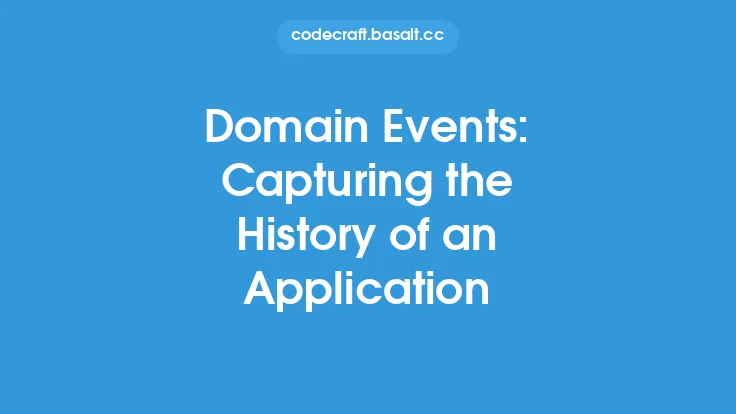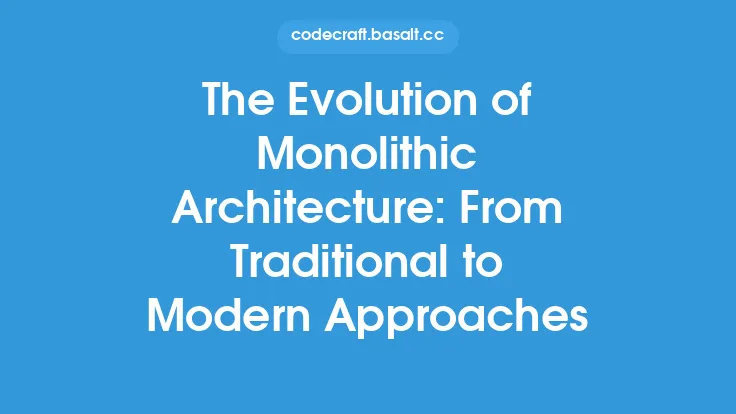When developing software applications, particularly those that involve complex business domains, it's essential to have a clear understanding of the domain model. A domain model represents the concepts, behaviors, and rules of a specific business domain, and it serves as the foundation for the software's architecture. However, as the domain model grows in complexity, it can become challenging to manage and maintain. This is where bounded contexts come into play.
Introduction to Bounded Contexts
Bounded contexts are a fundamental concept in domain-driven design (DDD), a software development approach that emphasizes understanding the core business domain and modeling it in code. A bounded context is a conceptual boundary that defines the scope of a domain model, separating it from other related domains or subdomains. It's a way to partition the domain model into smaller, more manageable pieces, each with its own set of rules, behaviors, and concepts.
Characteristics of Bounded Contexts
A bounded context has several key characteristics that distinguish it from other concepts in domain modeling. Firstly, it has a clear and well-defined boundary, which separates it from other contexts. This boundary is not just a physical separation but also a conceptual one, meaning that the concepts and rules within one context may not apply to another. Secondly, a bounded context has its own set of domain models, which are tailored to the specific needs of that context. These domain models may overlap with those in other contexts, but they are not identical. Finally, a bounded context has its own set of terminology, or ubiquitous language, which is used to describe the concepts and rules within that context.
Identifying Bounded Contexts
Identifying bounded contexts is a critical step in domain modeling, as it allows developers to create a clear and concise model of the business domain. There are several ways to identify bounded contexts, including:
- Looking for areas of the business that have their own set of rules and regulations
- Identifying departments or teams that have their own terminology and concepts
- Analyzing the business processes and identifying areas where they diverge or converge
- Examining the data models and identifying areas where they overlap or conflict
Types of Bounded Contexts
There are several types of bounded contexts, each with its own characteristics and challenges. These include:
- Core Domain: This is the central bounded context that represents the core business domain. It's the area where the business's competitive advantage lies, and it's typically the most complex and critical part of the domain model.
- Supporting Subdomain: This type of bounded context supports the core domain but is not as critical to the business's competitive advantage. Examples might include accounting or human resources.
- Generic Subdomain: This type of bounded context is not specific to the business domain and can be applied to multiple domains. Examples might include authentication or payment processing.
Integrating Bounded Contexts
Once bounded contexts have been identified and defined, the next step is to integrate them. This can be a challenging task, as each context may have its own set of rules, behaviors, and concepts. There are several approaches to integrating bounded contexts, including:
- API-based integration: This involves creating APIs that allow different contexts to communicate with each other.
- Event-driven integration: This involves using domain events to notify other contexts of changes or updates.
- Shared kernel: This involves creating a shared kernel of code that can be used across multiple contexts.
Benefits of Bounded Contexts
Using bounded contexts in domain modeling offers several benefits, including:
- Improved clarity: By separating the domain model into smaller, more manageable pieces, bounded contexts make it easier to understand the business domain.
- Reduced complexity: By defining clear boundaries and rules for each context, bounded contexts reduce the complexity of the domain model.
- Increased flexibility: By allowing for multiple contexts to coexist, bounded contexts make it easier to adapt to changing business needs.
- Better scalability: By separating the domain model into smaller pieces, bounded contexts make it easier to scale the application to meet growing demands.
Challenges of Bounded Contexts
While bounded contexts offer several benefits, they also present some challenges. These include:
- Context mapping: Creating a map of the bounded contexts and how they relate to each other can be a complex task.
- Integration: Integrating bounded contexts can be challenging, particularly when they have different rules, behaviors, and concepts.
- Consistency: Ensuring consistency across bounded contexts can be difficult, particularly when they have different terminology and concepts.
Best Practices for Working with Bounded Contexts
To get the most out of bounded contexts, it's essential to follow some best practices. These include:
- Keep the context boundaries clear: Make sure the boundaries between contexts are well-defined and easy to understand.
- Use ubiquitous language: Use a consistent terminology across each context to avoid confusion.
- Keep the context models simple: Avoid over-complicating the domain models within each context.
- Use integration patterns: Use established integration patterns, such as APIs or event-driven integration, to integrate bounded contexts.
Conclusion
Bounded contexts are a powerful tool in domain modeling, allowing developers to create clear, concise, and scalable models of complex business domains. By understanding the characteristics, types, and benefits of bounded contexts, developers can create more effective and maintainable software applications. While bounded contexts present some challenges, following best practices and using established integration patterns can help to overcome these challenges and ensure success.
